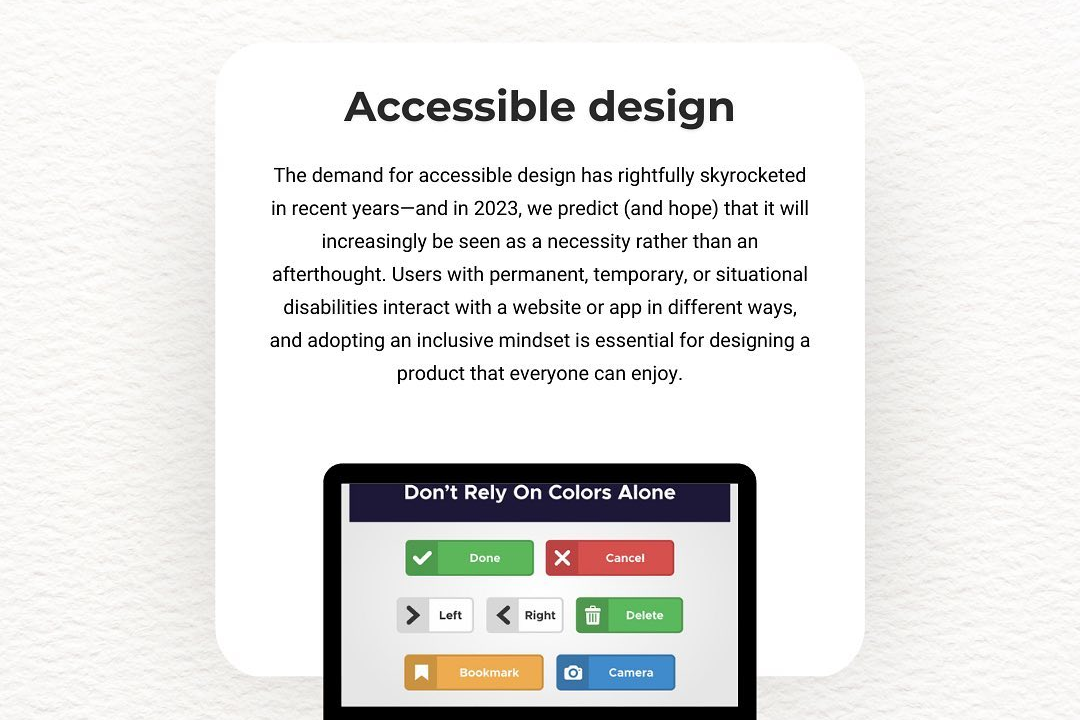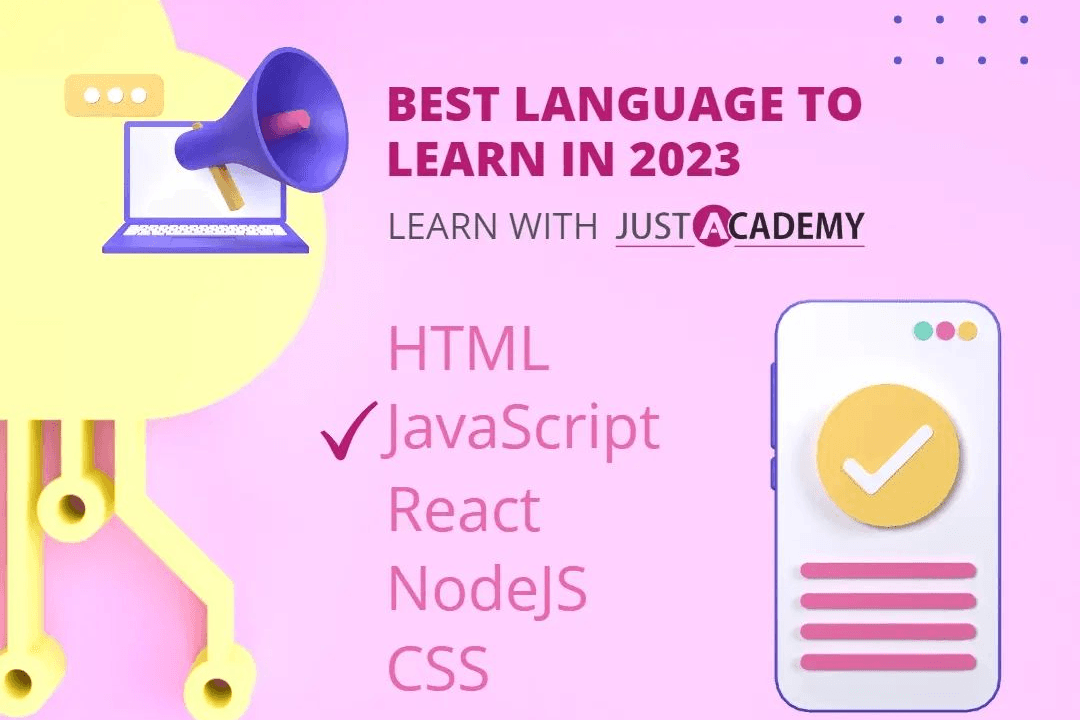Example PHP Programs PDF
The Example PHP Programs PDF is a comprehensive resource that features a collection of practical PHP
Example PHP Programs PDF
The Example PHP Programs PDF is a valuable resource for learners and developers seeking to strengthen their PHP coding skills through practical examples. By providing a wide range of real-world projects and code snippets, it helps users understand key concepts more effectively, facilitating faster learning and better problem-solving abilities. This compilation serves as an essential reference for mastering PHP programming, whether for beginners starting out or experienced developers looking to refine their skills.
To Download Our Brochure: https://www.justacademy.co/download-brochure-for-free
Message us for more information: +91 9987184296
The Example PHP Programs PDF is a valuable resource for learners and developers seeking to strengthen their PHP coding skills through practical examples. By providing a wide range of real world projects and code snippets, it helps users understand key concepts more effectively, facilitating faster learning and better problem solving abilities. This compilation serves as an essential reference for mastering PHP programming, whether for beginners starting out or experienced developers looking to refine their skills.
Course Overview
The ‘Example PHP Programs PDF’ course offers comprehensive, hands-on learning through real-world PHP code examples and projects, enabling participants to strengthen their coding skills, understand key concepts, and build practical applications efficiently.
Course Description
The ‘Example PHP Programs PDF’ course provides essential PHP coding examples and projects to help learners grasp core concepts, improve programming skills, and develop practical web applications efficiently.
Key Features
1 - Comprehensive Tool Coverage: Provides hands-on training with a range of industry-standard testing tools, including Selenium, JIRA, LoadRunner, and TestRail.
2) Practical Exercises: Features real-world exercises and case studies to apply tools in various testing scenarios.
3) Interactive Learning: Includes interactive sessions with industry experts for personalized feedback and guidance.
4) Detailed Tutorials: Offers extensive tutorials and documentation on tool functionalities and best practices.
5) Advanced Techniques: Covers both fundamental and advanced techniques for using testing tools effectively.
6) Data Visualization: Integrates tools for visualizing test metrics and results, enhancing data interpretation and decision-making.
7) Tool Integration: Teaches how to integrate testing tools into the software development lifecycle for streamlined workflows.
8) Project-Based Learning: Focuses on project-based learning to build practical skills and create a portfolio of completed tasks.
9) Career Support: Provides resources and support for applying learned skills to real-world job scenarios, including resume building and interview preparation.
10) Up-to-Date Content: Ensures that course materials reflect the latest industry standards and tool updates.
Benefits of taking our course
Functional Tools
1 - PHP Integrated Development Environment (IDE): The course leverages popular IDEs like Visual Studio Code, PHPStorm, or Sublime Text, offering students a streamlined coding environment with features such as syntax highlighting, code completion, and debugging tools. These IDEs enhance productivity and help students write clean, efficient code while minimizing errors. They also provide real time feedback and facilitate easier management of project files, making the learning process smoother and more engaging.
2) Web Server Software: Tools like XAMPP, WAMP, or MAMP are integral to the course setup, enabling students to create a local server environment on their computers. These packages include Apache, MySQL, and PHP, allowing students to simulate live web hosting scenarios, test their applications locally, and understand server client interactions thoroughly. This setup is critical for practicing PHP development without the need for external hosting.
3) Database Management System (DBMS): MySQL or MariaDB serve as the primary databases to illustrate data storage, retrieval, and manipulation within PHP projects. Students learn how to connect PHP scripts with databases, perform CRUD operations, and optimize queries for performance. Gaining proficiency with these tools is essential for creating dynamic, data driven web applications.
4) Version Control Systems: Git and GitHub are introduced as essential tools for managing code changes, tracking revisions, and collaborating effectively. Students learn how to create repositories, commit changes, branch out for testing new features, and merge updates seamlessly. These skills are vital for working in team environments and maintaining organized project workflows.
5) FTP Client Software: Applications like FileZilla facilitate the transfer of files between local machines and remote servers, simulating real world deployment scenarios. Students are taught how to upload, download, and manage website files securely, understanding the importance of proper file structure and permissions for deploying PHP projects online.
6) Command Line Interface (CLI): The course emphasizes using command line tools for server management, database operations, and running PHP scripts. Familiarity with terminal commands enhances students' ability to automate tasks, troubleshoot issues, and work efficiently in server environments, which is crucial for professional PHP development.
7) Web Browsers: Modern browsers such as Chrome, Firefox, or Edge are used to test and debug PHP applications. Developers utilize browser developer tools to inspect code, troubleshoot front end integration, and ensure proper functionality across different platforms, leading to robust and responsive web applications.
8) PHP Documentation and Developer Resources: Official PHP manuals, online forums, Stack Overflow, and other reference sites are highlighted as vital tools for solving coding problems, learning new functions, and staying updated with PHP language features. These resources foster independent problem solving skills and continuous learning.
9) Project Management Tools: Platforms like Trello or Asana are integrated into the training to help students organize their project tasks, set deadlines, and monitor progress. These tools teach time management and planning skills, which are essential for managing real world projects methodically and efficiently.
10) Online Learning Platforms and Code Sharing: Websites like GitHub, GitLab, or Bitbucket are utilized for hosting code repositories, facilitating peer reviews, and collaborating on projects. Students learn version control, code sharing, and collaborative development, preparing them for team based and open source projects.
11 - Local Development Environment Setup: Students are guided through installing and configuring local servers such as XAMPP, WAMP, or MAMP to create a controlled environment for developing PHP applications. This ensures they can test and debug their projects locally before deployment, reducing reliance on external hosting during initial development phases.
12) PHP Frameworks and Libraries: The course introduces popular PHP frameworks like Laravel, CodeIgniter, or Symfony, along with essential libraries. Students learn how to streamline development, implement best practices, and build scalable applications efficiently by leveraging these tools.
13) Testing and Debugging Tools: Tools such as Xdebug, PHPUnit, and browser debugging extensions help students identify and resolve errors quickly. These testing frameworks promote writing reliable, bug free code and instill professional development habits.
14) CSS and JavaScript Integration Tools: While focusing on PHP, the course emphasizes integrated use of CSS frameworks like Bootstrap and JavaScript libraries like jQuery for creating dynamic, user friendly interfaces. This holistic approach ensures students understand full stack development concepts.
15) Deployment and Hosting Platforms: Educational modules on deploying PHP websites using platforms like cPanel, Plesk, or cloud services (AWS, Azure, DigitalOcean) teach students how to publish their projects online securely and efficiently.
16) Security Tools and Practices: Students explore tools that help identify vulnerabilities and implement security best practices, including SSL certificates, firewalls, and security scanners. Protecting applications from threats like SQL injection or CSRF attacks becomes a core component.
17) Continuous Integration/Continuous Deployment (CI/CD) Tools: Integration with Jenkins, Travis CI, or GitHub Actions introduces automation of testing, building, and deploying applications, fostering modern development workflows.
18) Documentation Tools: Use of tools like Doxygen or Markdown editors assists students in documenting their code and projects effectively, which is essential for maintainability and collaboration.
19) Code Quality and Linting Tools: Integration of PHP CodeSniffer, PHPMD, or SonarQube helps enforce coding standards, identify potential issues, and maintain high code quality across projects.
20) Online Collaboration Platforms: Tools like Slack, Microsoft Teams, or Discord are introduced for effective communication within development teams, simulating real world project collaboration environments.
21 - API Testing Tools: Students learn to use tools such as Postman or Insomnia for testing RESTful APIs, ensuring their PHP applications can integrate smoothly with third party services and frontend components.
22) Data Visualization Tools: Incorporating libraries like Chart.js or Google Charts teaches students how to present data visually, enhancing the usability and interactivity of their web applications.
23) Analytics and Monitoring Tools: Platforms like Google Analytics, New Relic, or LogRocket are discussed to help students track user behavior, monitor application performance, and optimize website efficiency post deployment.
24) Automation Scripting: Use of scripting languages and automation tools such as Bash scripts or PowerShell helps students automate repetitive tasks, saving development time and reducing errors.
25) Cloud Storage and CDN Services: Familiarity with services like Amazon S3, Cloudflare, or Akamai enables students to understand scalable storage solutions and content delivery networks, ensuring fast and reliable content distribution worldwide.
These additional tools and platforms broaden students’ understanding of the entire PHP development lifecycle, from initial coding to deployment, maintenance, and optimization in real world scenarios.
Browse our course links : https://www.justacademy.co/all-courses
To Join our FREE DEMO Session:
This information is sourced from JustAcademy
Contact Info:
Roshan Chaturvedi
Message us on Whatsapp: +91 9987184296
Email id: info@justacademy.co











